The first berry that should delight gardeners in the summer is garden strawberries or, as they call them, strawberries. Everyone is looking forward to her harvest, admiring the aroma and taste. Unfortunately, our expectations are not always met: instead of juicy, large berries, we get small fruits covered with an incomprehensible bloom, withered bushes with damaged foliage, blackened inflorescences. This means that strawberries need your help and protection. To avoid disappointment, you need to know how to determine the problems of strawberries by external signs and take adequate measures in time to maintain its health, and, therefore, the quality of fruiting.
Content
What can the appearance of strawberries tell us?
Strawberries, like any plant, require our attention. In addition to weeding, watering and fertilizing, an important procedure is the inspection of the berry. Healthy strawberry bushes should be strong, have juicy green leaves without spots and blooms, strong inflorescences with a lot of ovaries.
A negative change in appearance is a signal for the gardener that the strawberry needs something. It is important to correctly classify problems and find solutions in time.
Table: Signs of Problems and Solutions
| Changes | Possible reasons |
| Wilting leaves |
|
| Drying leaves | Fungal diseases: gray mold, powdery mildew. |
| Curling, curly leaves |
|
| Rotting fruit |
|
| Yellowing of leaves |
|
| Spots on leaf plates |
|
| Strawberries do not bloom |
|
Photo gallery: negative changes in the appearance of strawberries
- In the fall, daylight hours become shorter, as a result of which the natural destruction of chlorophyll occurs in the leaves
- Yellowing of strawberry leaves can be caused by improper care of bushes, deficiency or excess of vitamins and minerals, diseases and pests
- There are several reasons for the appearance of rot on a strawberry ridge: an excess of moisture, dense plantings, cold weather, fungal infections
- When the leaves of the strawberry are covered with spots, ahead of time they begin to change color from green to yellow, red, brown or black, this is a clear sign that the plant urgently needs your help.
- In case of non-observance of the rules for caring for berries, as well as damage to the bushes by pests or fungal infections, strawberry leaves can curl, curl
- Causes of drying strawberries: diseases, pests or improper care
Causes, symptoms of strawberry diseases and how to protect against them
It is impossible to be fully insured and sure that strawberry plantings will not be exposed to diseases or pests, so knowledge about these issues is extremely important.
Verticillary wilting
This fungal disease affects the vascular system of the plant, roots, rosettes and root collar. Infected plants wither, wither, leaves turn red-yellow and then dark brown. Practically no new leaves are formed. Affected whiskers and petioles have dark stripes and spots. If you do not take urgent measures, then up to 50% of strawberry bushes can die in a year.
Important! If strawberries grow on sandy soil, then the diseased plant may die within a week; on other types of soil, dying is slower.
The main source of infection is soil in which the fungus can survive for several years. In addition, the pathogen settles on weeds and vegetables, which can also be a source of infection.
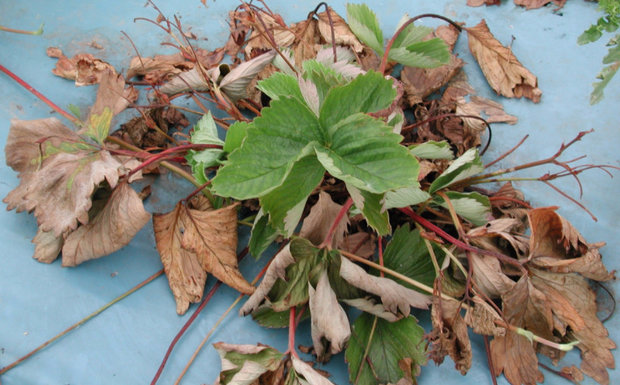
Bushes heavily affected by verticillium wilt will be short and drooping with a small amount of yellowish-brown leaves
For the prevention and protection of the plant, the following measures must be taken:
- observe crop rotation. It is not recommended to plant strawberries after tomatoes, peppers, potatoes, chrysanthemums and other crops susceptible to the disease;
- choose varieties that are resistant to the disease;
- destroy affected strawberry bushes;
- use healthy planting material.
Strawberry late blight
Late blight is dangerous because it is quickly transmitted from bush to bush and leads to the death of the plant. The disease affects the root system, leaves, petioles and peduncles. Brown, gradually decaying spots appear on them. Strawberry fruits suffer the most from the disease: the flesh becomes covered with brown leathery spots, the berries become tough, bitter, mummified.
Note! The fungus hibernates on infected plant debris, as well as on live strawberry rosettes.
Prevention and protection measures against this disease are as follows:
- correct watering regime;
- the use of varieties resistant to late blight;
- compliance with planting and crop rotation schemes;
- timely destruction of infected bushes and plant debris;
- treatment of plantings with Bordeaux liquid, copper sulfate, copper oxychloride, Abiga-Peak and Oxyhom preparations.
Gray rot
Gray mold is the most common fungal disease in strawberries. Gray rot spores settle in the soil, as well as on all parts of the strawberry, including the seeds. The fruit, attacked by the gray rot parasite, becomes watery and then dries up, but at the same time it stays on the stalk for a long time and is a carrier of infection. If the berry is affected, the yield loss can be very significant (up to 80%).
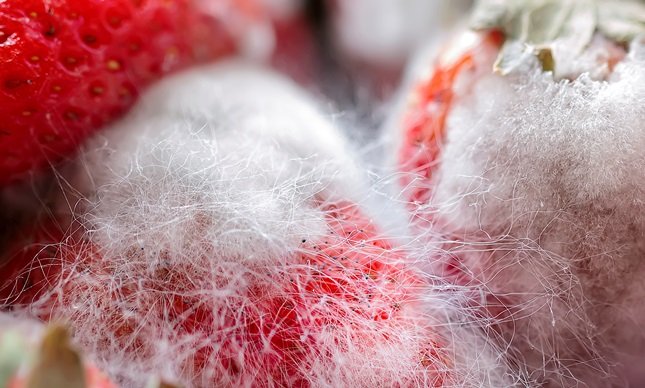
The disease is manifested by the appearance of brown weeping spots, on which a grayish-smoky plaque gradually forms
The spread of the disease is facilitated by increased air humidity at moderate temperatures, thickening of plantings both in the open field and in the greenhouse. Spores of the pathogen can spread through moisture, air, and insects.
To prevent and control the disease, it is recommended to do the following:
- plant strawberries in well-ventilated areas;
- prevent thickening of the landings;
- select varieties that are resistant to the disease;
- do not overfeed the bushes with nitrogenous fertilizers, so as not to provoke a large accumulation of green mass;
- mulch planting;
- remove infected plants;
- if a disease is detected, treat with fungicides: Alirin-B, Switch.
Video: mulching strawberry plantings to combat gray rot
Brown, white and brown spots
If spots appear on the leaves, petioles, shoots of strawberries, then they may be caused by a fungal disease - spotting. There are several types of spotting, the most common of which are brown, brown (or angular) and white.
Brown spot
First, small focal lesions appear on the plant, which gradually grow into large, reddish-brick color with blurry edges with brown edges. They affect the entire leaf plate, sap flow is disturbed in it and it dies.
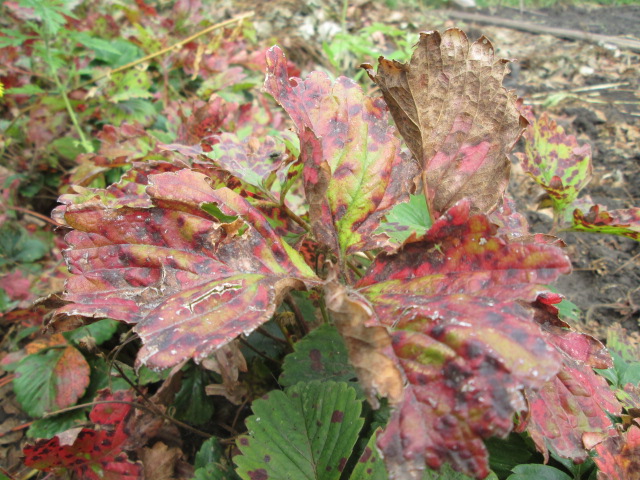
Brown spot begins to develop in early spring and spreads most intensively after harvest (in June), infecting mainly old leaves
The spread of the disease is facilitated by a warm, humid environment, sprinkling irrigation, thickening and debris of plantings. Insects can transmit fungal spores. The pathogen hibernates in fallen leaves, and the next year it attacks plantings again.
Note! Spores of the fungus develop intensively and affect strawberry bushes during the formation and laying of new buds, which negatively affects the next harvest.
Preventive and protective measures in the fight against brown spot are:
- autumn pruning of berry leaves and removal of old leaves in early spring;
- planting varieties resistant to the disease;
- regular weed removal;
- spraying plantings with Bordeaux liquid;
- fungicide treatment: Switch, Falcon.
Strawberry white spot
If spots up to 1 cm in diameter appear on the leaves, petioles, peduncles of strawberries, which have a white lattice center and a dark brown or purple rim, the plantings are infected with white spot. Subsequently, the affected part of the leaf plate falls out, the plant becomes depressed, spreads along the ground. The peak of the disease occurs during the flowering period.
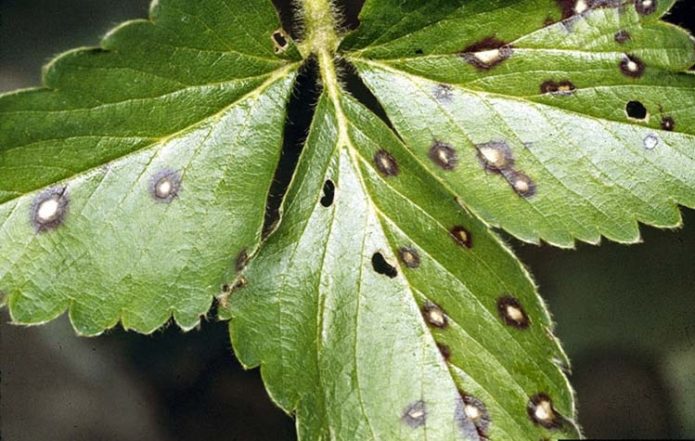
White spot appears during flowering, formation and ripening of berries and continues until the end of the growing season
It is important to know! A white spot attack can result in a 15 to 100% loss of strawberry yield.
The following factors contribute to the intensive development of the disease:
- rainy weather;
- profuse dew loss;
- sprinkling irrigation;
- thickening of landings;
- overfeeding strawberries with organic fertilizers.
In order to prevent and protect plants, the following measures must be taken:
- spring and autumn cleaning of plantings: removal of sick, weak bushes, pruning of leaves;
- avoid thickening of landings;
- timely feed the plants with potash and phosphorus fertilizers;
- reduce the amount of organic matter introduced, since it is a breeding ground for many parasites (ticks, nematodes), as well as fungal and viral diseases;
- treat strawberries with copper-containing preparations;
- in case of massive lesions, spray with fungicides (Switch, Ridomil, Topaz).
Brown (angular) spotting
Infection of plantings with angular spotting can lead to the death of the entire crop. It manifests itself in spots on the leaf plates of strawberries, but they have a peculiar shape and location on the leaf: purple spots with a gray-brown core stretch along the main vein or along the edge of the leaves, have a pronounced angular shape. The disease reduces the winter hardiness of the plant, weakens it, and affects the next year's harvest. The spores of the fungus take refuge in fallen leaves for the winter, and in early spring they again begin to attack the plants.
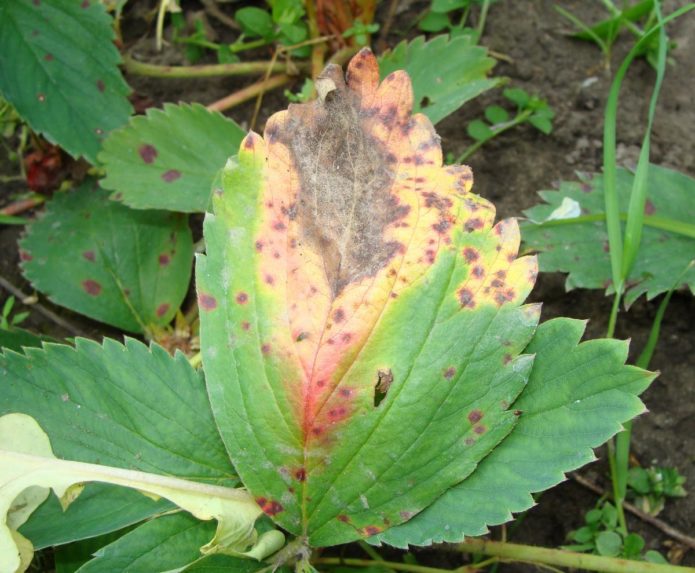
Brown spot is a common disease that causes massive damage to the berry in the second half of the growing season, followed by the death of leaves
The following preventive and protective measures will help protect crops and cope with disease:
- use for planting spot-resistant varieties and healthy seedlings;
- immediate destruction of diseased bushes;
- if a planting disease is detected, it is recommended to transfer it to another place. Strawberries can be returned to the site no earlier than after 5 years;
- preventive spring spraying with Falcon, Quadris, Metaxil, Ridomil;
- timely mulching, weeding and loosening of ridges;
- termination of fertilizing containing nitrogen;
- spraying plantings with Bordeaux mixture;
- autumn and spring cleaning of plantings from foliage, plant debris;
- treatment with Fitosporin.
Important! Treatment with chemicals against spotting must not be carried out during fruiting!
Powdery mildew
The disease develops on leaf blades, petioles, whiskers and strawberries. First, a barely noticeable whitish bloom appears on the underside of the leaves, which gradually passes to the upper part of the leaf, and then to other parts of the plant. The bush stops growing, diseased leaves become coarse and curl. The affected mustache also curls. The fruits acquire an ugly shape, have a waxy coating and an unpleasant aftertaste.
The following are distinguished as preventive and protective measures in the fight against powdery mildew:
- using varieties resistant to powdery mildew and healthy seedlings;
- in areas with high humidity, planting plants on high ridges;
- preventive spraying with soap-copper solution or Quadris preparation;
- spraying of plantings after harvesting with preparations Switch, Fundazol.
Strawberry pests
Planting strawberries, harvesting berries can be damaged not only by diseases, but also by pests. There are a huge number of them: all kinds of insects, slugs, snails, rodents and even the defenders of forests and fields - birds.
Strawberry protection from birds
Attracting birds to their site, many gardeners believe that their crops are practically protected from harmful insects. It turns out that many birds (starlings, sparrows, magpies, rooks, crows, blackbirds and others) themselves love to feast on strawberries, and they always choose ripe and large ones.
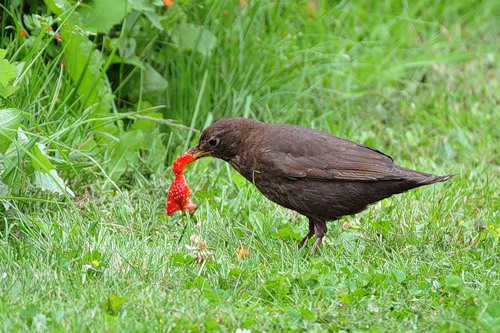
Particularly dangerous are regular bird raids as the berries ripen, because a small flock of birds can almost completely destroy the berry crop
Gardeners use various methods to combat this threat:
- The planting of strawberries is covered with a net, which is fixed on pegs driven along the perimeter of the site.
- Along the entire perimeter, at a height of 1–1.5 m, they hang shiny light objects (New Year's tinsel, unnecessary CDs, foil) that sway in the wind, sparkle in the sun and scare away birds.
- Electronic devices that scare away birds and rodents. They are sold in specialized stores.
Slugs on strawberries
Slugs are a serious problem for strawberry plantings. They damage the plants themselves, gnaw off young leaves, spoil the presentation of the berries. In addition, the ugly pest leaves a slippery nasty trail along the path of its movement.
Note! Usually in kitchen gardens and orchards, a naked slug settles, which leads a nocturnal lifestyle. During the day, it hides in cracks in the soil and under plant leaves.
The pest spreads en masse in wet areas under warm weather conditions. To protect against slugs, preliminary measures should be taken to prevent the pest from entering the site:
- shallow grooves can be made around the perimeter of the plantings, which must be covered with lime, tobacco, ash or ground pepper. For naked slugs, these substances are a serious obstacle;
- pests do not like superphosphate and potassium salt scattered around the plants. Slugs have rather delicate skin, therefore, contact with these drugs, as well as spraying with a solution of sodium chloride, is detrimental to the parasite;
- slugs do not like to settle in beds covered with foil. The temperature that is created under it is dangerous for slugs, they die.
Important! Radical measures to combat slugs are the drugs Groza, Meta.
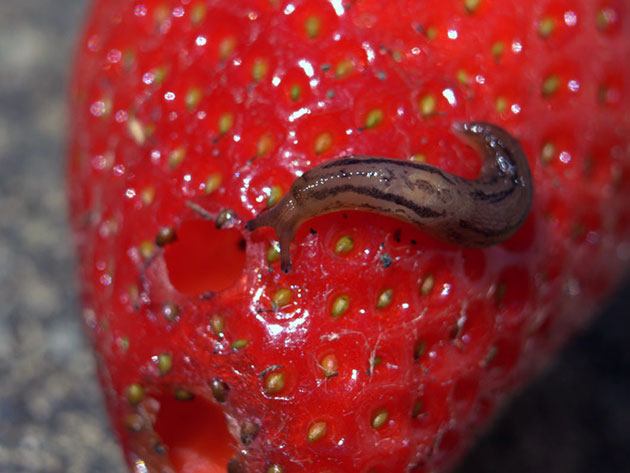
In addition to the fact that slugs damage strawberry crops, they are intermediate hosts of helminths - parasitic worms that cause diseases in animals and humans
Weevil on strawberries
The strawberry-raspberry weevil is a small (up to 3 mm) grayish-black beetle that hibernates on fallen leaves, in cracks in the soil, and in spring it lays eggs in strawberry buds. In this case, the pest gnaws the stalk under the bud.
Helpful information! One insect can kill up to 50 strawberry ovaries.
The larvae that appear feed on the unblown flower, pupate in it, and in the middle of summer a new generation of pests attacks the plantings, damaging the young leaves of the plant. Then the weevil hibernates in order to resume its attacks in the spring. In the fight against the pest, only radical measures can help: spraying the plantings with Karbofos, Aktellik, Corsair or Zolon.
May beetle larvae on strawberries
This incredibly voracious larva can ruin the root system of almost any garden and horticultural crop.
Important information! The pest hibernates at a depth of 50-60 cm, so it is not easy to get to it with a simple digging of the garden.
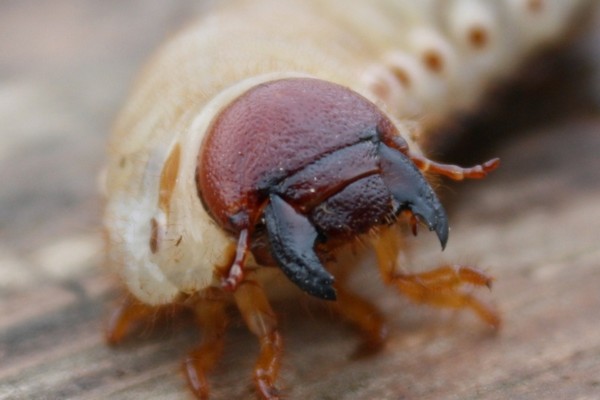
A three-year-old beetle larva is able to gnaw at the roots of strawberries, creating optimal conditions for the reproduction of various microorganisms
Most often, gardeners use the following measures to combat May beetle larvae:
- collect them by hand;
- knowing that the beetle larvae do not like the soil enriched with nitrogen, they sow white clover between the rows. The nodule bacteria of this culture are able to absorb nitrogen from the air;
- use folk remedies: water the plantings with infusion of onion peels or a solution of ammonia;
- with a massive spread of the pest, chemical or biological preparations are used (Nemabakt, Antichrushch, Zemlin).
Video: strawberry wilting for no apparent reason
Strawberry nematodes
A nematoda is a round, small (about 1 mm) worm. The parasite injects a special substance into the stem of the plant, which triggers a chemical reaction and makes the strawberry tissue ideal food for itself. Due to its microscopic size, it is extremely difficult to detect a pest with the naked eye.External signs of nematode infection of strawberries:
- leaves turn yellow, wrinkle, curly;
- plant growth slows down;
- strawberries do not bloom well;
- the berries are ugly.
If you suspect that the strawberry is infected with a nematode, you need to dig up the bush and examine its root system. On the affected roots, a poppy scattering of white cysts can be found.
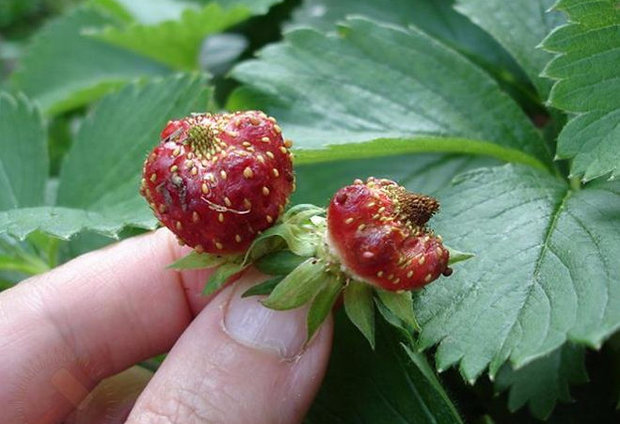
Nematoda gradually damages the soil and plants, worsening the harvest, or leading to its complete absence
Important! Nematoda is a serious danger to the human body. When infected with the parasite, nausea, impaired appetite, weakness, muscle pain may occur.
Preventive measures to combat the pest are:
- compliance with crop rotation;
- destruction of infected plants;
- fertilization with manure, which contributes to the creation of a favorable environment for the development of protozoan fungi that are destructive for parasites;
- heat treatment of seedlings: immersion for 20 minutes in warm (about 50 degrees) water;
- treatment of plantings with chemicals: Lindane, Phosphamtide, Heterophos.
Helpful information! Planting flowers such as nasturtium, marigolds, marigolds, calendula among strawberries will help scare off the pest.
Ants and aphids
Ants are useful insects, but in the garden and vegetable garden they cause a lot of trouble. Ripe berries, leaves and the root system of strawberries get hit by insects. Sod ants in the rhizome of strawberries like to arrange anthills, damage the roots of the plant, which can lead to its death. Among other things, ants lead aphids, which are the pet of the anthill. They protect, guard, graze aphids, in return receiving the main ration of their food - sweet honeydew, which is a product of the life of aphids.
Aphids do great harm to strawberries:
- she is a carrier of various diseases;
- her settlements weaken the plant;
- on the affected bushes, blooming and fruit formation is difficult;
- strawberry leaves curl, wither;
- there is a change in the tops of the shoots.
In the arsenal of gardeners there is a huge amount of means of protection against these pests:
- slow-acting poison traps for ants;
- folk remedies using boric acid, tobacco, garlic, yeast;
- processing with chemicals Fitoverm, Aktara, Iskra.
Strawberry mite
This pest is difficult to see even with a strong magnifying glass. It is very small, but the damage that a strawberry mite can cause by planting strawberries is enormous. Infection of plantings occurs through seedlings, and then the tick spreads along the site during care: through a working tool, shoes, clothes. For mass infection, certain weather conditions are needed - warm, humid weather (+ 20-25 degrees with a humidity of more than 80%).
The harmfulness of the tick lies primarily in the fact that it damages the future harvest, as it damages the buds that are being laid. Signs of the appearance of a pest on strawberry plantings are:
- underdevelopment, weakness of the bushes;
- crushing and rolling leaves;
- yellowish foliage,
- drying out of berries.
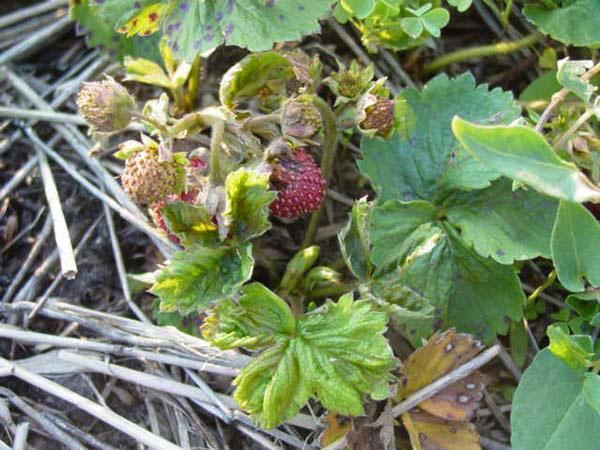
The harmfulness of the tick increases in proportion to the age of strawberry plantations, reaching a maximum in three to four-year stands
It is almost impossible to eradicate the parasite completely, but preventive measures and remedies can help keep the situation under control. This requires:
- use healthy planting material;
- choose a well-lit and ventilated area for the ridges
- observe crop rotation. Strawberry planting can be planted in the old place no earlier than 4 years later;
- timely destroy plant residues, old leaves;
- adhere to the watering and feeding regime;
- immediately destroy infected bushes.
Video: ticks on strawberries, the fight for the harvest
Note! In the fight against diseases and pests, chemical preparations should be used in cases of extreme necessity, because they kill not only parasites, but also their natural, natural enemies.
Remember that preventive measures are the most effective way to control pests and diseases in strawberries. Signs identified in time will help protect strawberry planting from massive damage, preserve not only the harvest, but also the plantings.
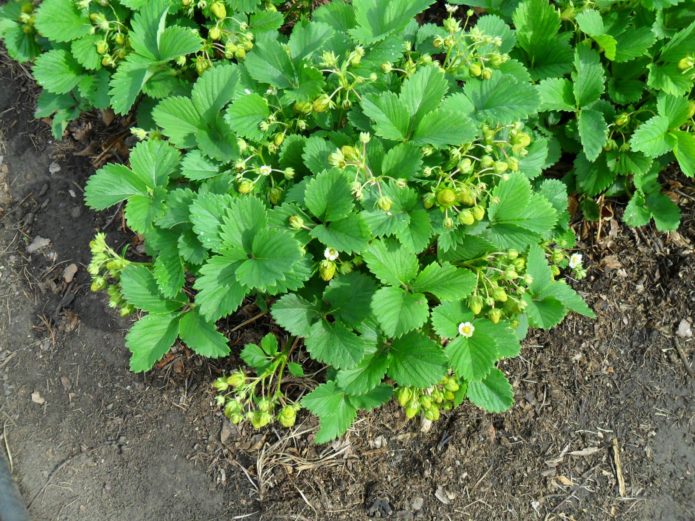
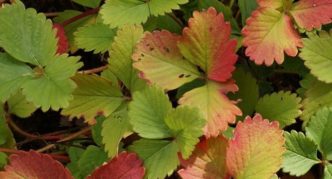
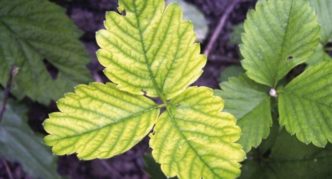
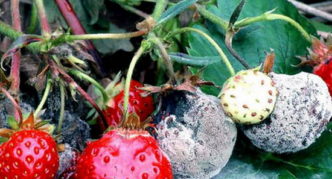
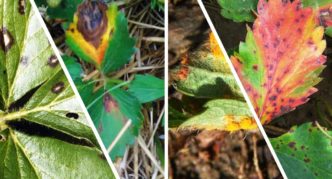
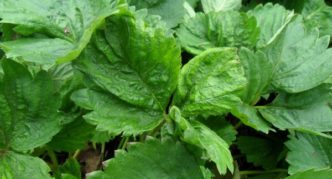
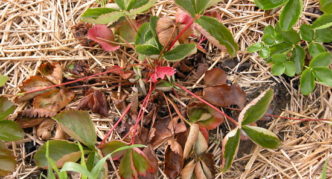
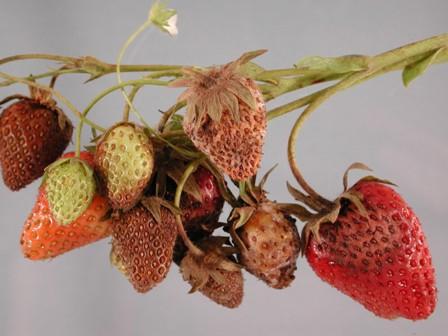

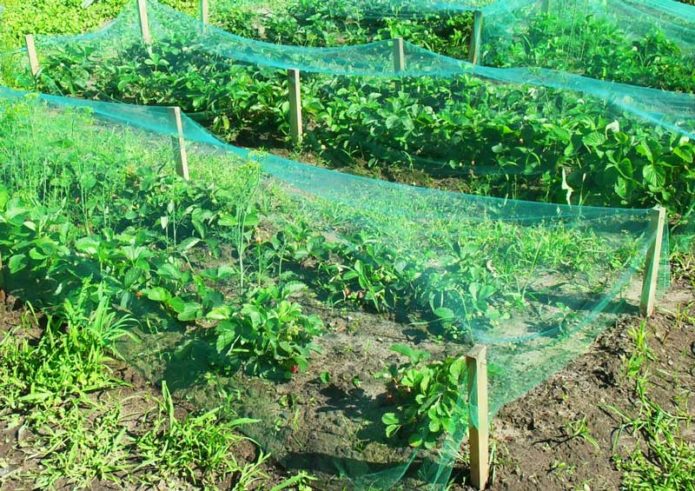
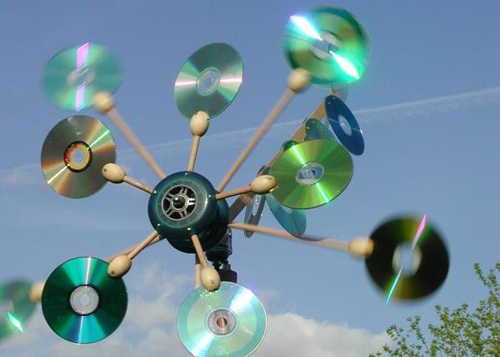
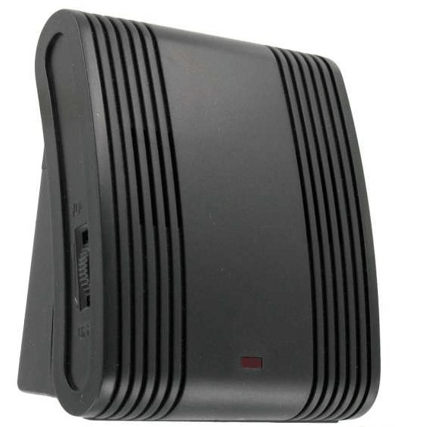
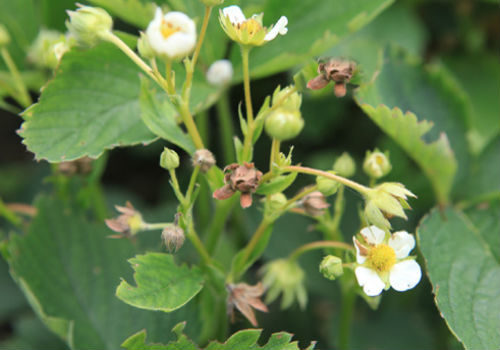
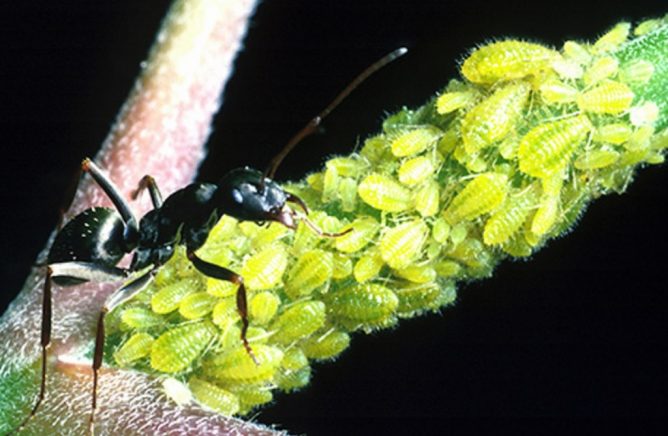
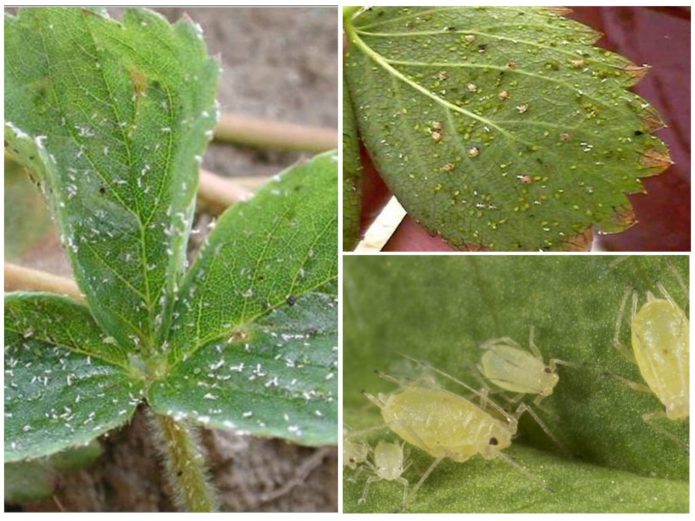
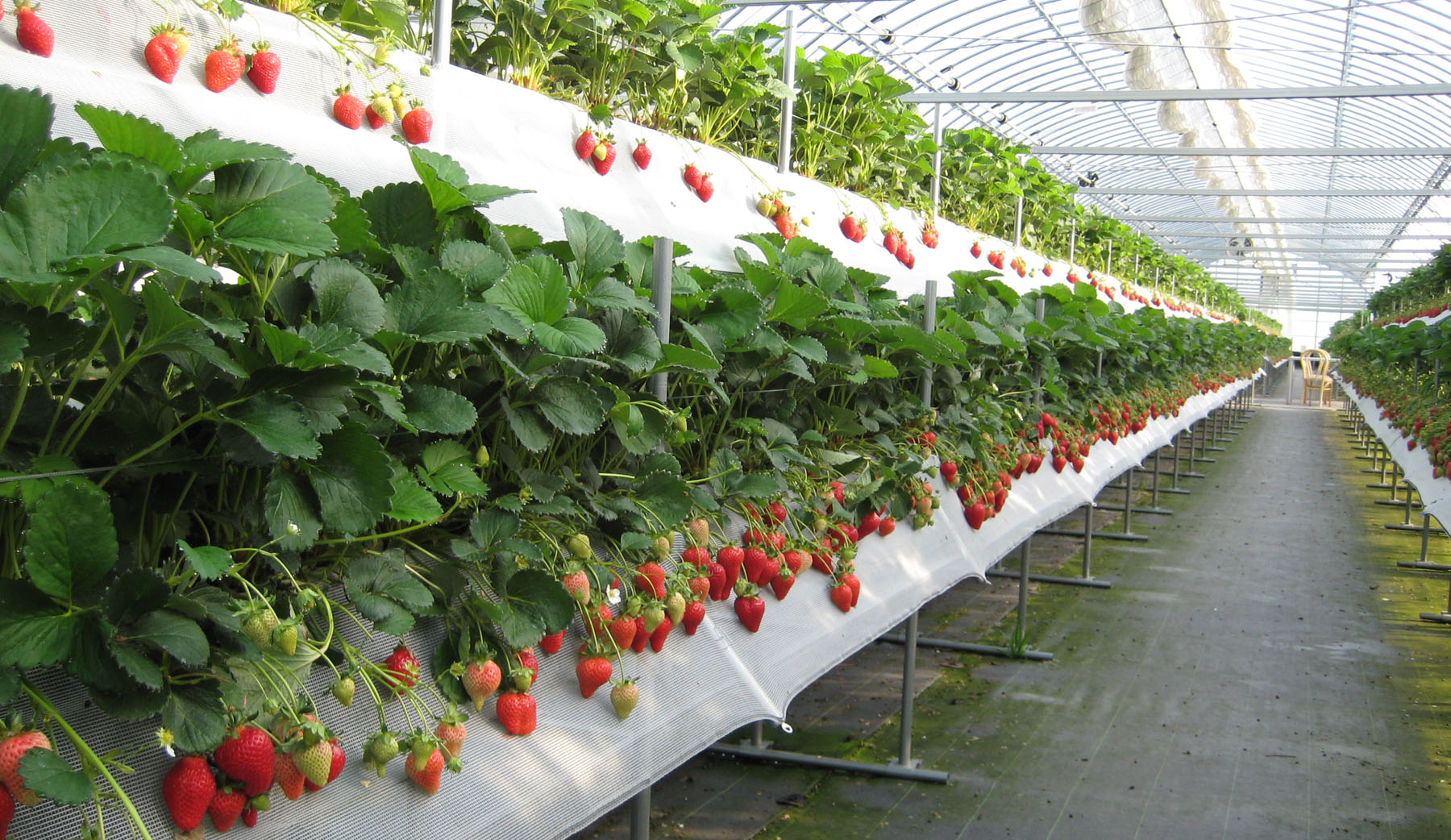
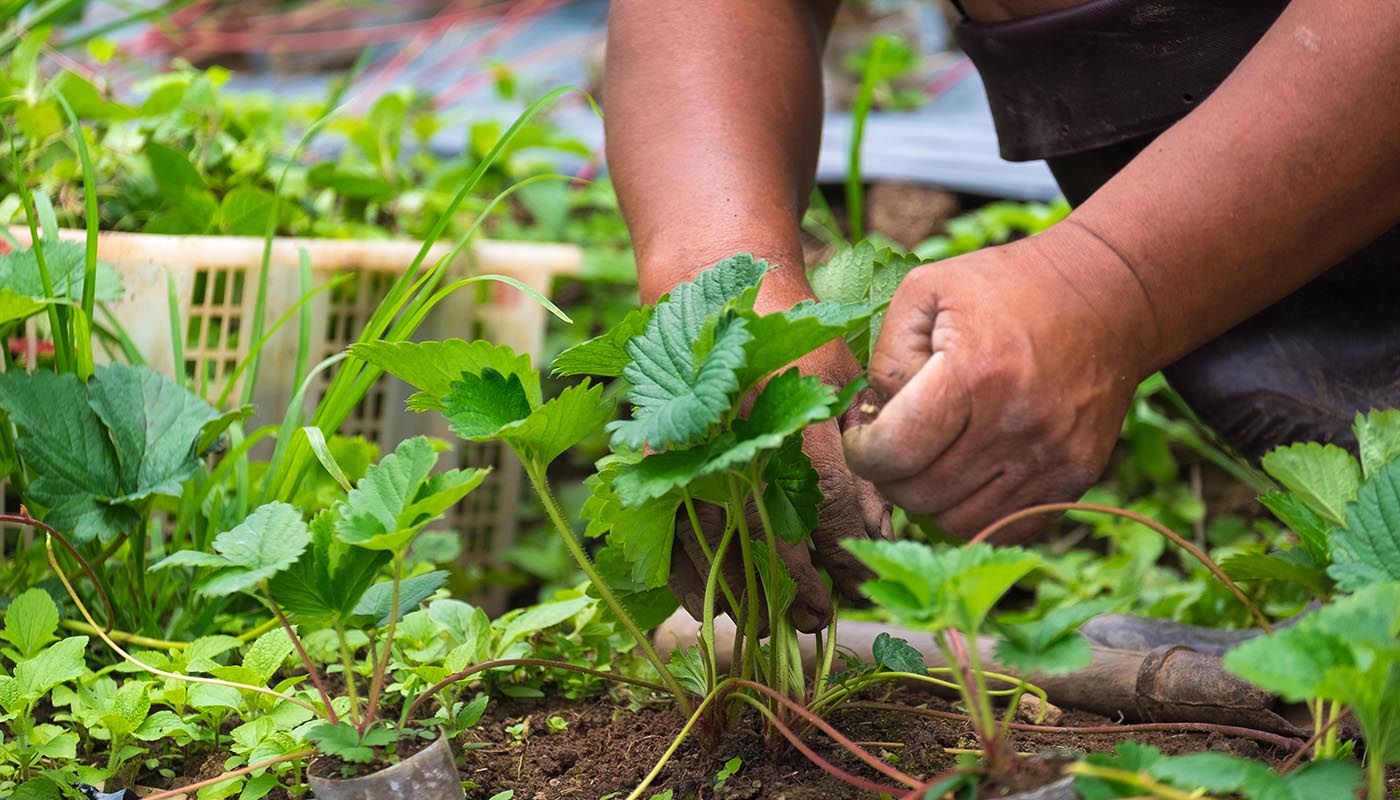
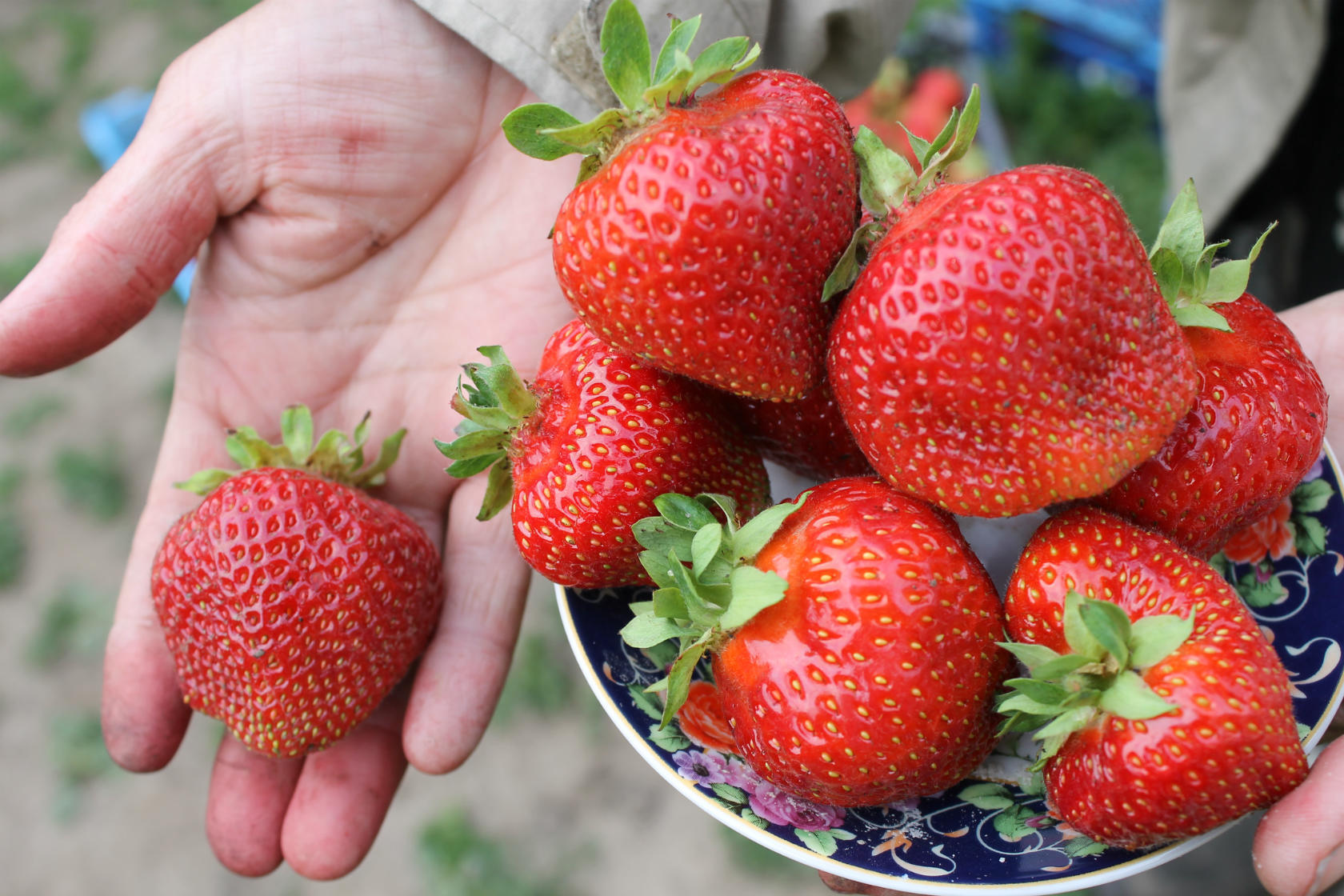
2 comments